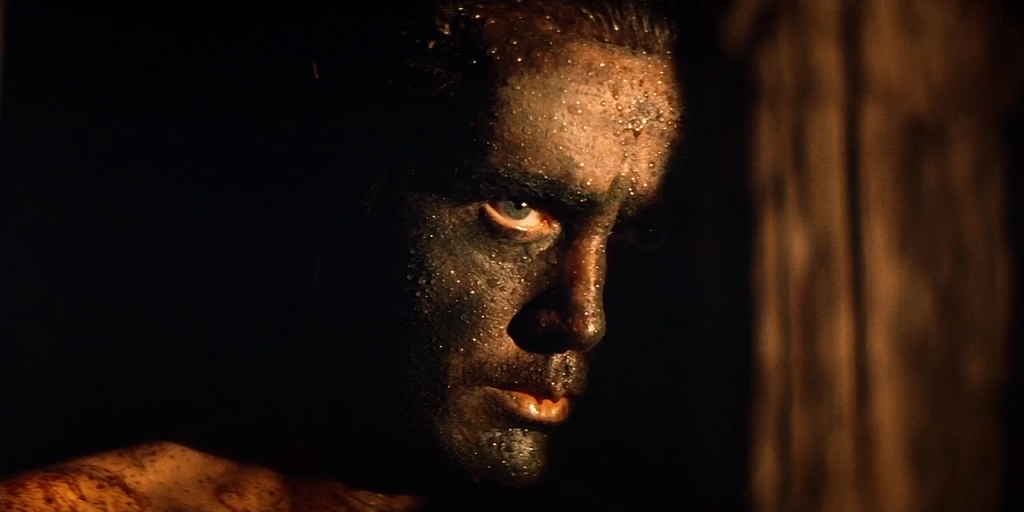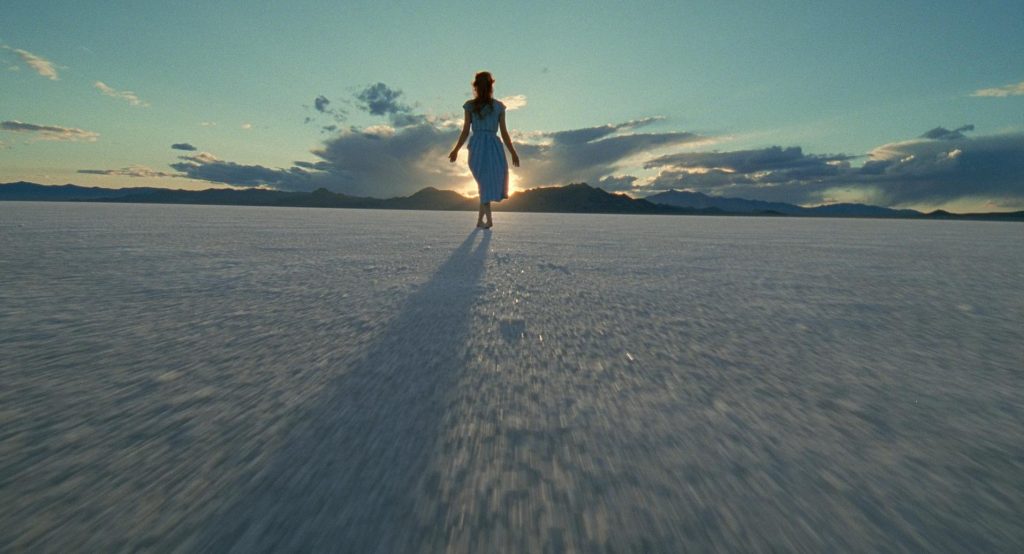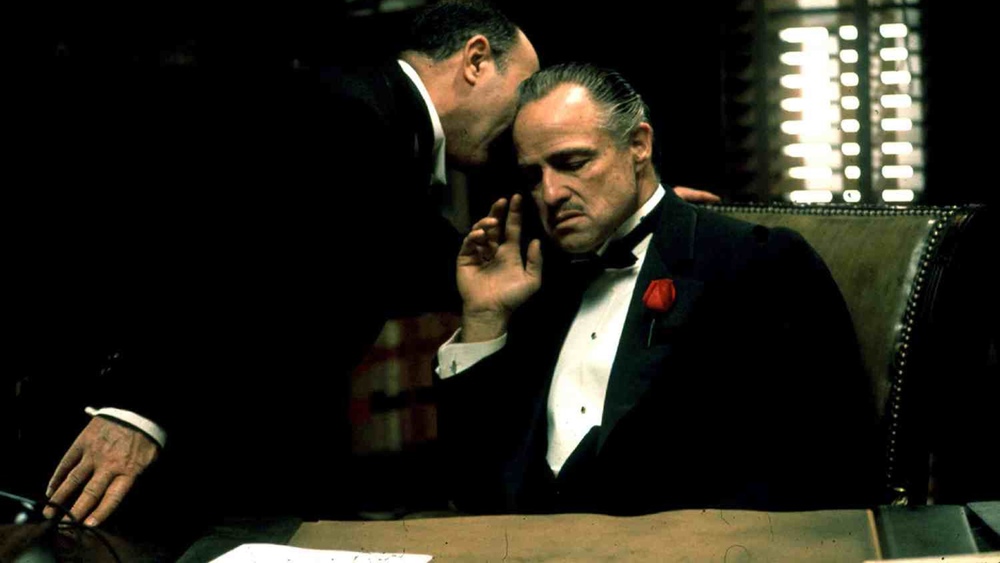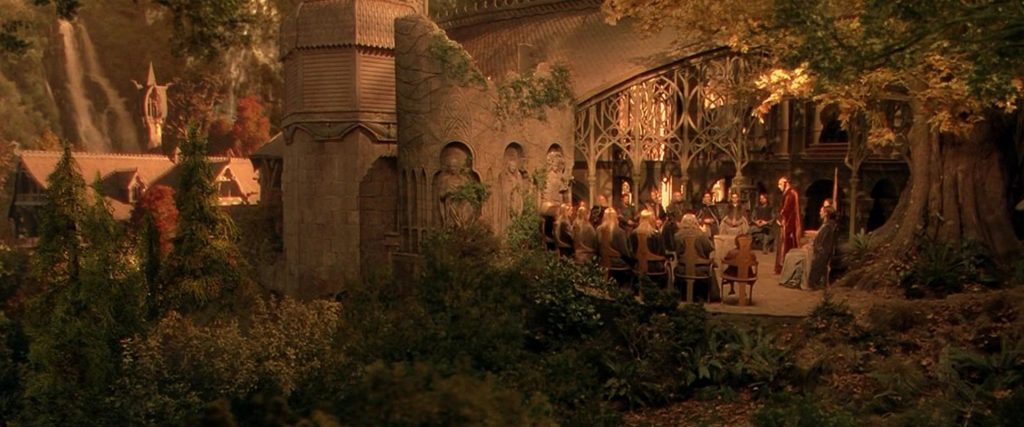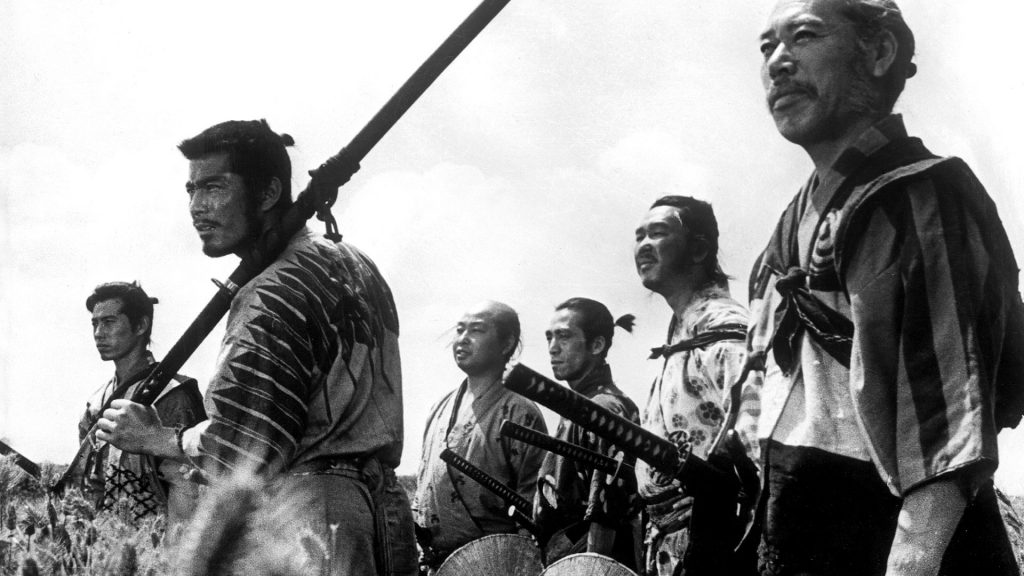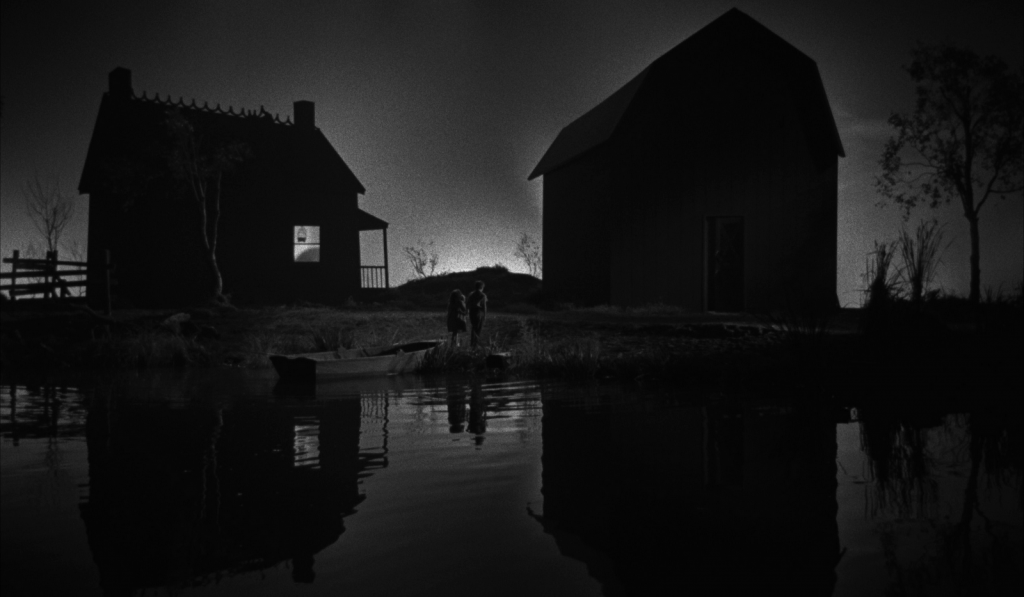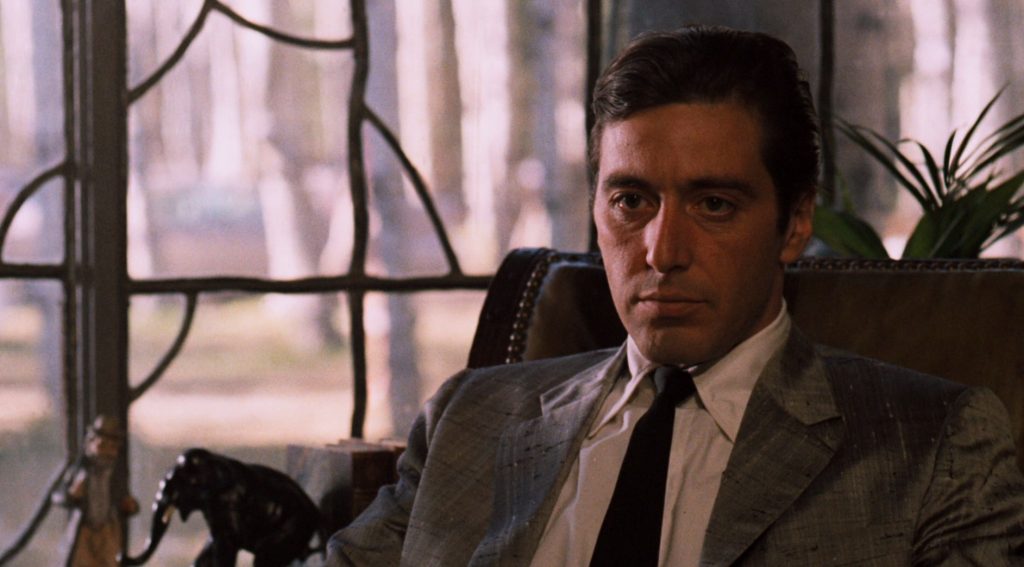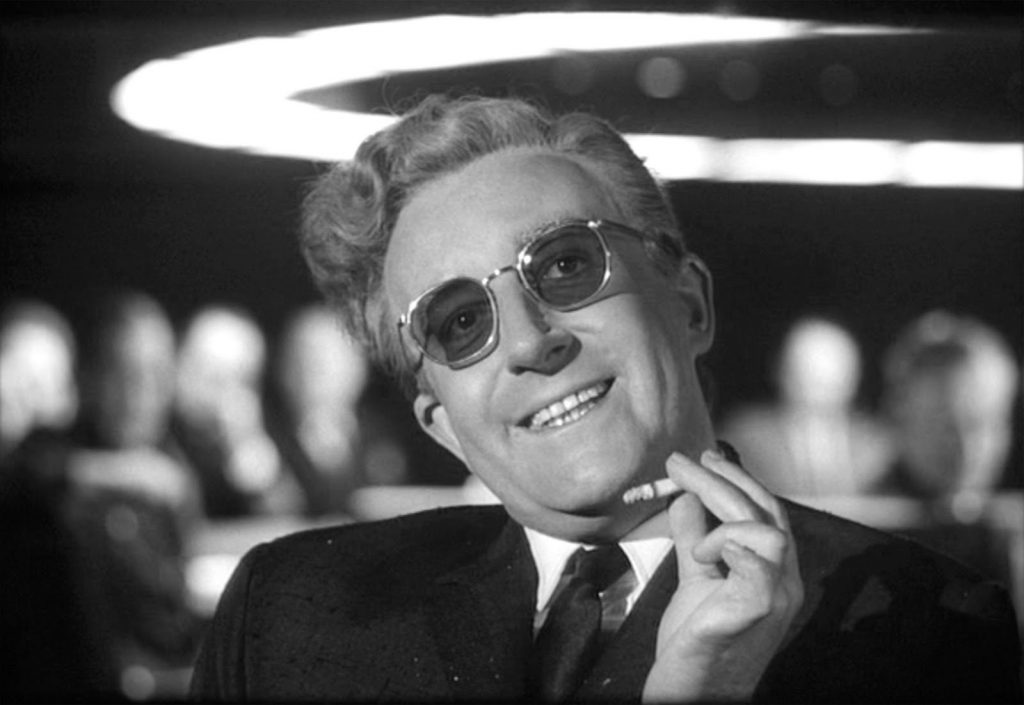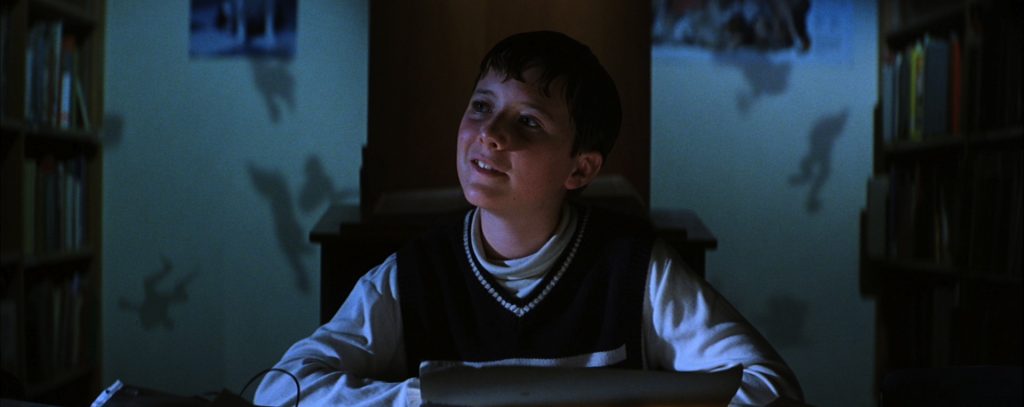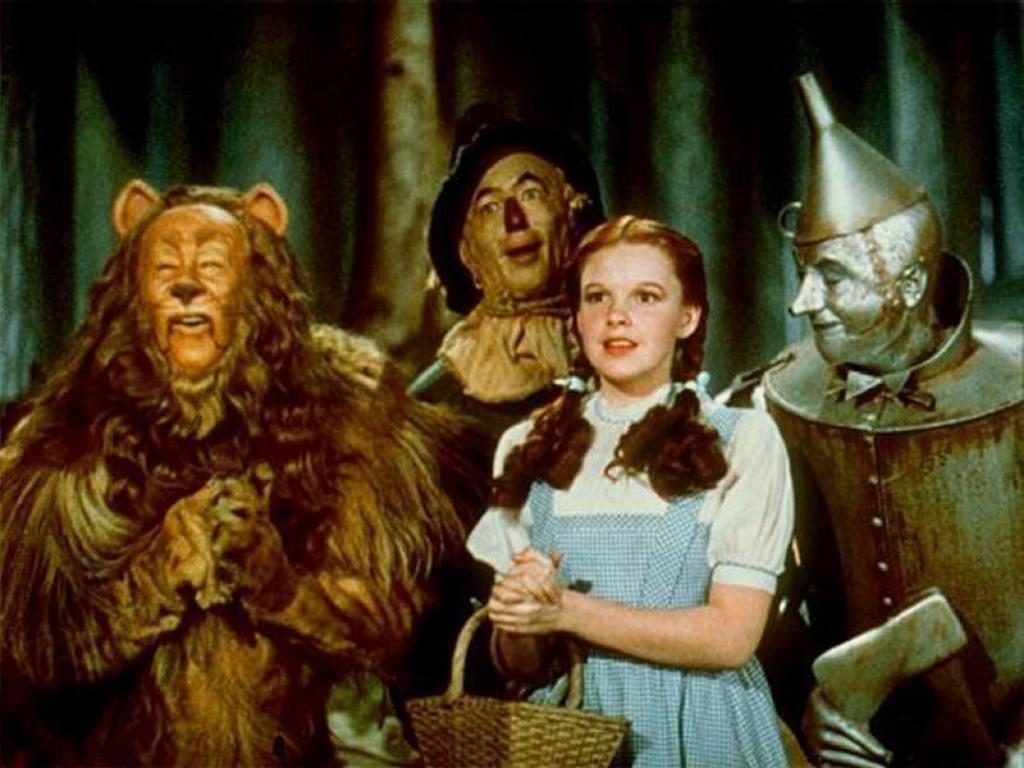
dir. Victor Fleming
When my wife and I showed our son The Wizard of Oz, he was barely 3 years old. He absolutely loved it. We both commented on how we could remember being nearly that young when we first saw it and had responded with just as much delight. What was even more astonishing was that when we mentioned this to our parents, they all said the exact same thing.
I don’t know if there is a precise measurement for the timelessness of a film. But if such a thing can be uncovered, it might just be buried in a yellow brick road somewhere right outside the gates of the Emerald City. For Victor Fleming’s 1939 film to still hold the same wonder, the same charm, and the same enchanted ability to bring joy to young and old alike after nearly 80 years in nothing short of a cinematic miracle.
The characters are so clearly defined and so colorfully realized that they almost transcend the confines of their story to become metaphors for longing, companionship, and the quests each of us find ourselves on for what’s missing in our lives. The troop of actors, from the American sweetheart Judy Garland to the versatile Frank Morgan (pulling at least quadruple-duty as different characters including the Wizard himself), each bring such specific creative talents to their roles that imagining anyone else in those parts automatically feels inferior.
The production design is a unique marvel as well. The colors leap from the screen in as vibrant and wondrous a collage as the rainbow of the film’s iconic theme song. Rarely, if ever, has there been a stronger narrative case for the shift from sepia to technicolor than in the journey from Kansas to Oz, which is fascinating considering certain critics at the time considered that shift to be gimmicky. The film is a visual feast of color and there’s almost never an uninteresting frame, let alone a dull moment or scene.
Then, we have the songs. The catchy and lovely little ditties that are as hummable as jingles, but strikingly rich in theme when you ponder their lyrics: from the comical “If I Only Had a Brain” and the celebratory “Ding! Dong! The Witch is Dead!” to the universally recognized anthem for dreams, “Somewhere Over the Rainbow.” But what strikes me as so wondrous is how their simple little reflections could be extended to touch the deeper places of our heart where we long for freedom, for fulfillment, and for home.
And lastly, I must say a few words about the ending — perhaps the only “it was all a dream (or was it)?” ending I’ve ever felt fully satisfied by. Because to me, the film is really about the pursuit of our dreams. We dream of being smarter, being braver, being more fulfilled, being validated, being in control, or being in a place where we finally belong. Perhaps this why the film resonates with such a broad age range.
It brings a tremendous amount of hope and comfort to hear a story where we discover that sometimes the dreams we’ve so longed for have been with us all the while, just waiting for us to click our heels and wake up after the cyclones of life has hurled us far, far away to discover that there really is no place like home.

